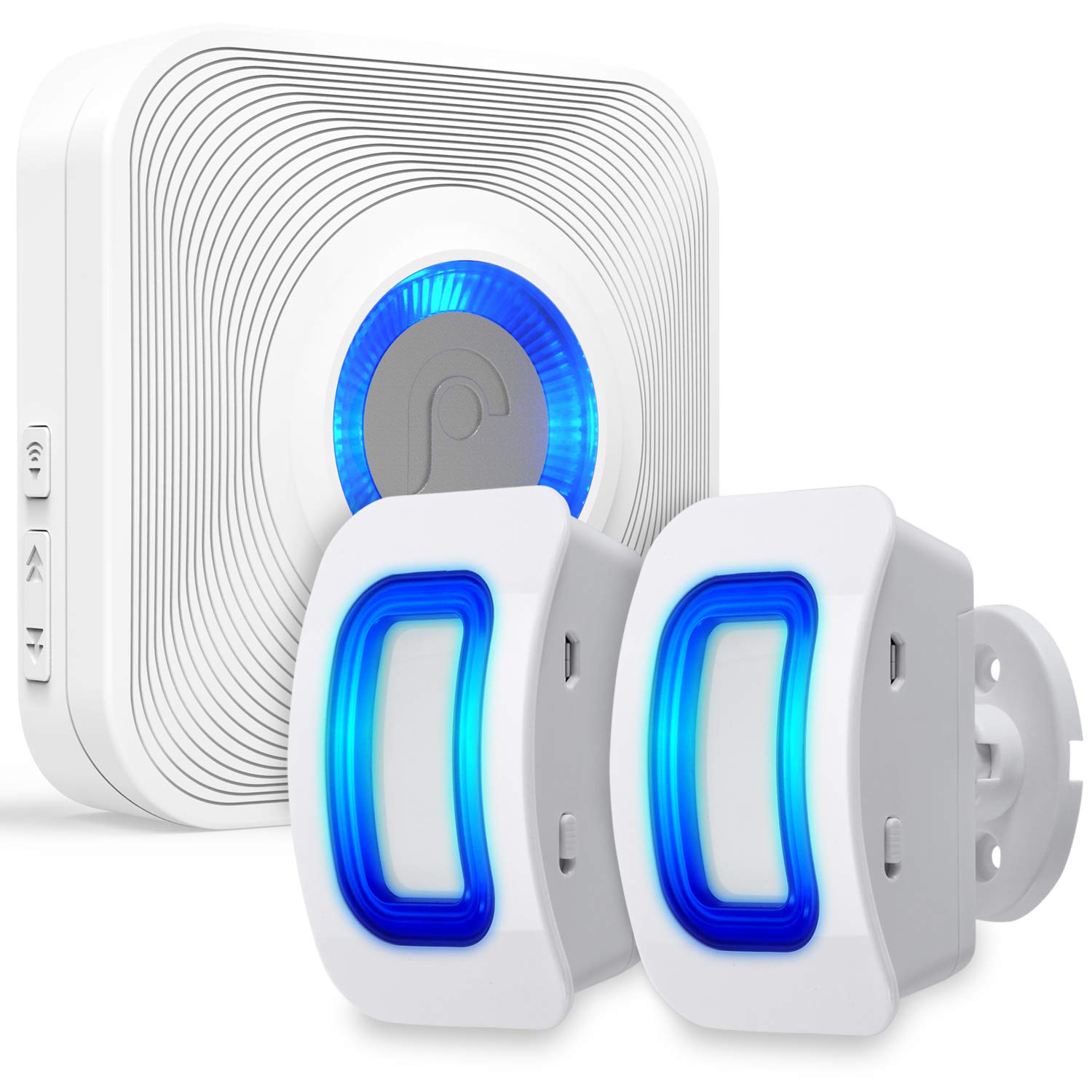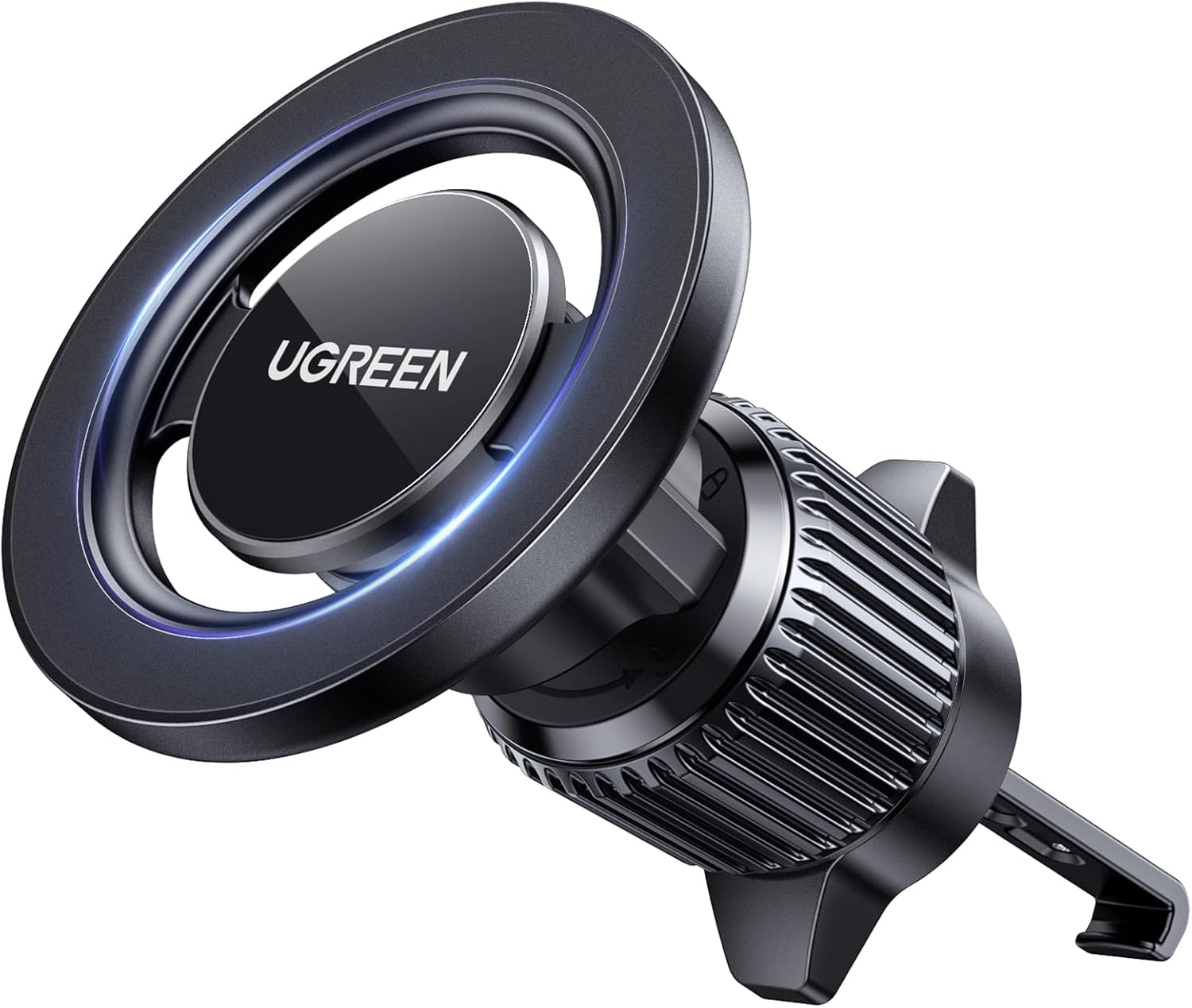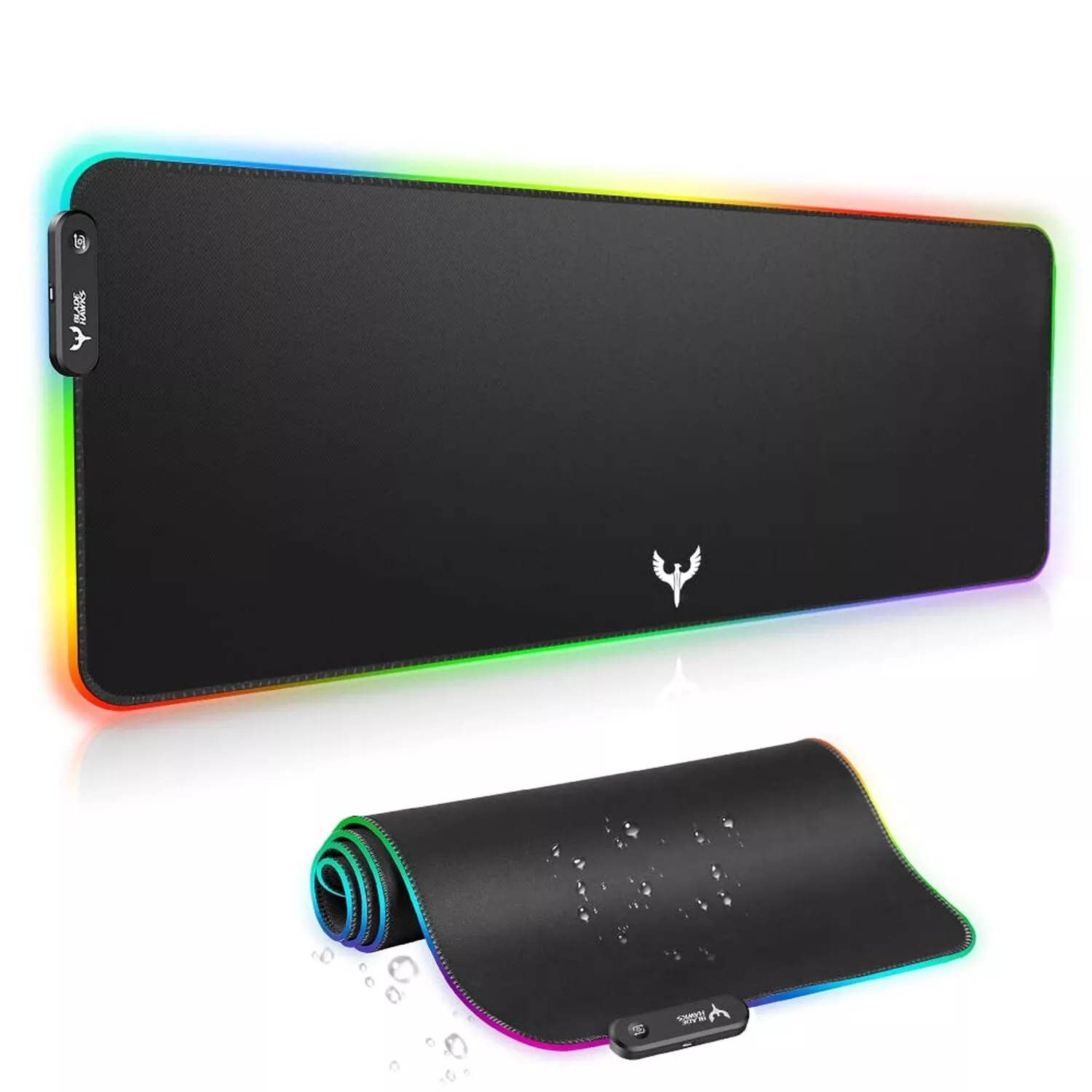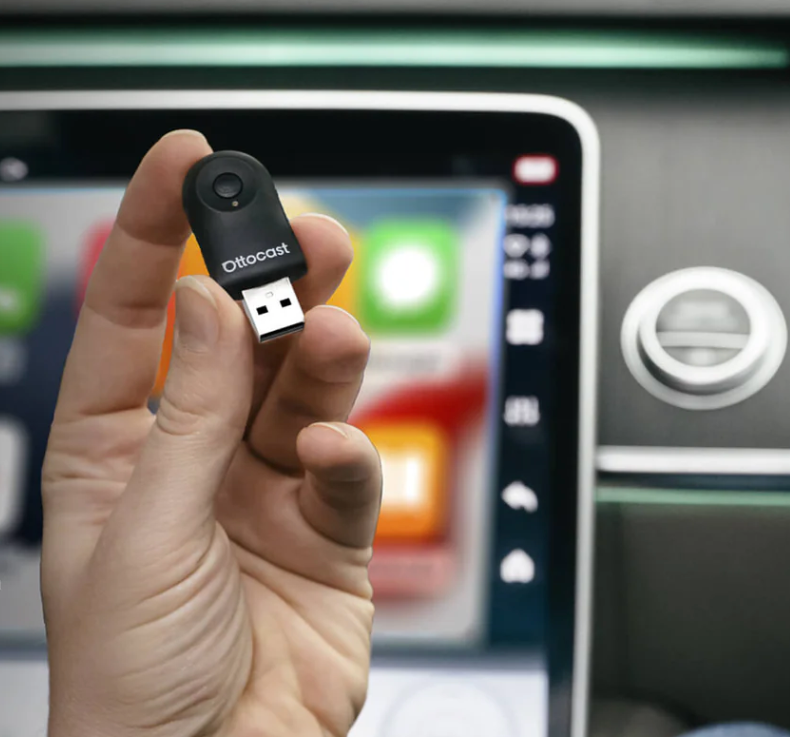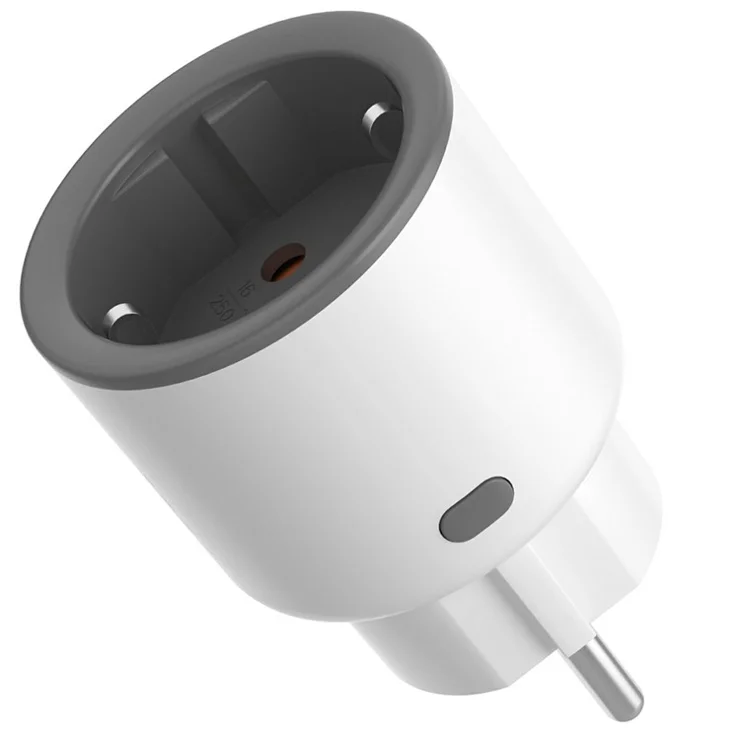Whether you’re expecting a package, screening visitors, or securing your property’s perimeter, real-time awareness of movement is crucial. The Fosmon WaveLink Door Chime Driveway Alarm Guard delivers just that with a modular, wireless system that installs in minutes and scales as your needs grow. Combining motion sensors designed for doorways, driveways, and hallways with a customizable chime receiver, this kit empowers you to monitor multiple zones without drilling holes or running cables. In the sections below, we’ll unpack how its components work together, explore practical applications, and guide you through installation and optimization—so you never miss a step at your doorstep again.
Shop Fosmon WaveLink Door Chime Driveway Alarm Guard
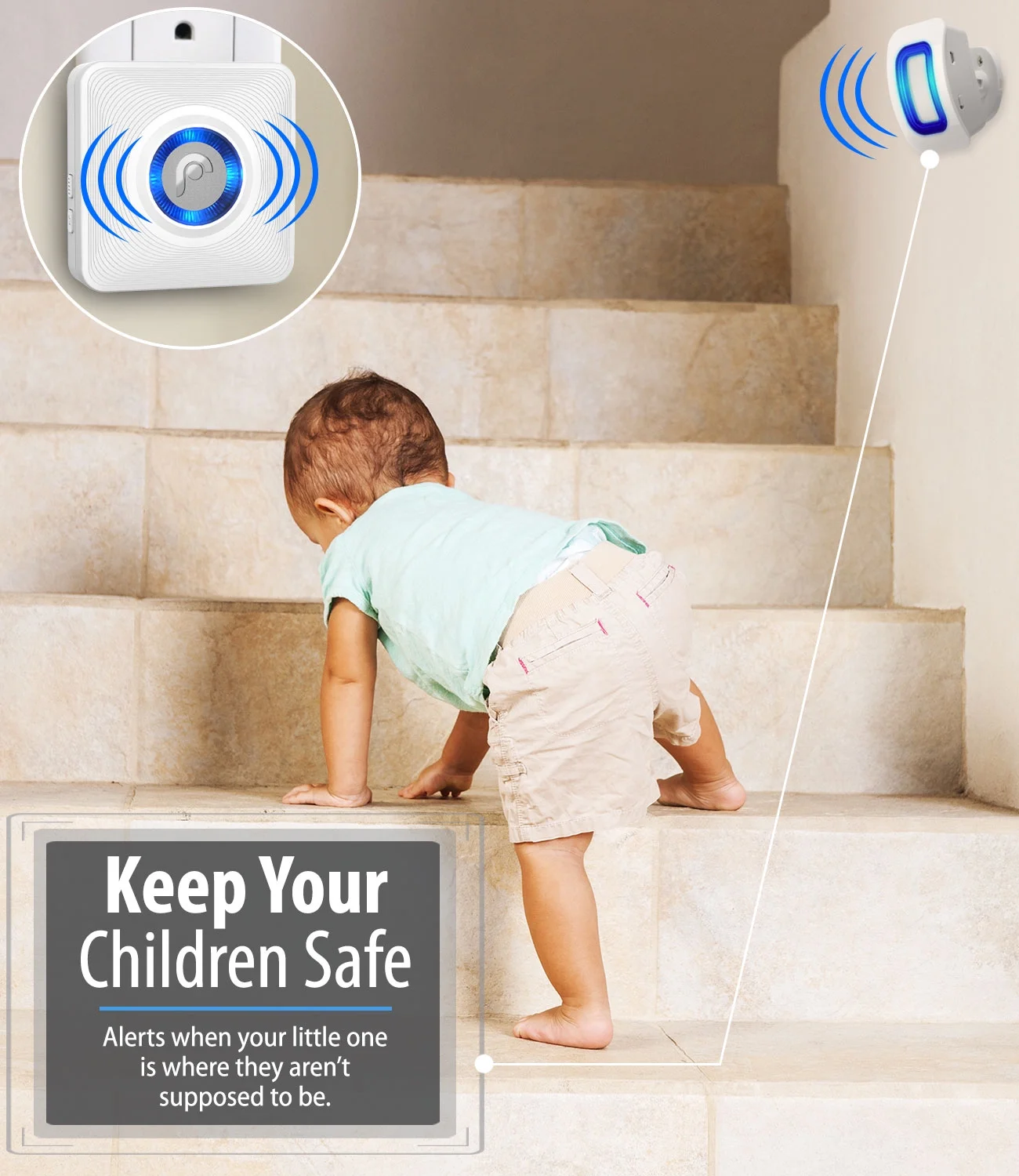
Why a Wireless Motion Alarm Matters
Traditional hardwired alarm systems require professional installation, costly drilling, and invasive wiring—often overkill for simple driveway or doorway monitoring. The Fosmon WaveLink Door Chime Driveway Alarm Guard leverages radio-frequency communication (433 MHz) to connect up to 16 sensors to a single receiver, enabling you to:
- Track multiple entry points (front door, garage, side gate) with distinct chime tones
- Monitor long distances (up to 500 feet line-of-sight), perfect for sprawling properties
- Avoid network dependencies—works independently of Wi-Fi or internet connectivity
By decoupling motion detection from home automation hubs, WaveLink provides instant, localized alerts that don’t rely on cloud servers or suffer from network lag. This direct sensor-to-receiver architecture ensures reliability and privacy, making it ideal for users who want a simple, robust solution without recurring fees.
System Components and Features
The Fosmon WaveLink Door Chime Driveway Alarm Guard kit typically includes:
- One Receiver Unit: Plugs into any standard outlet and houses 16 selectable chime melodies, adjustable volume, and repeat alerts.
- Two Motion Sensors: Battery-powered PIR (passive infrared) detectors with 12–16 meter detection range and 110° field of view.
- Mounting Accessories: Adjustable brackets, adhesive pads, and screw kits for flexible placement.
Key specifications:
- Sensor Power: Two AAA batteries per sensor (6–9 month lifespan under normal use)
- Receiver Power: AC 110–240V, low power draw
- RF Range: Up to 500 ft (150 meters) line-of-sight; ~100–150 ft indoors
- Operating Temperature: -10℃ to 50℃ (14°F to 122°F)
By placing sensors at strategic choke points—driveways, side doors, interior corridors—you create a layered detection network that alerts you before trespassers reach your front door or valuable areas inside.
Shop Fosmon WaveLink Door Chime Driveway Alarm Guard
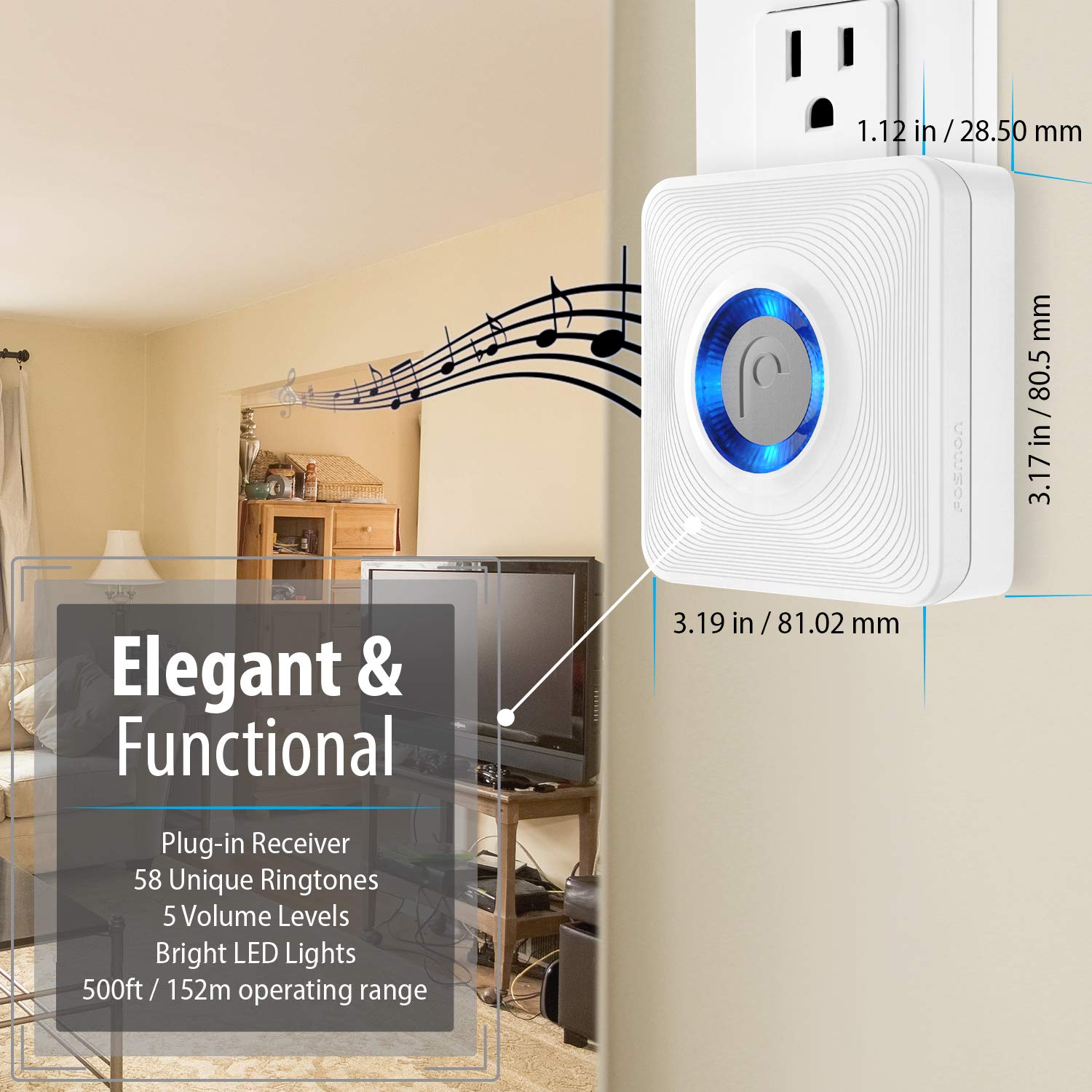
Installation: No Drilling, No Drama
One of the Fosmon WaveLink Door Chime Driveway Alarm Guard’s standout advantages is its plug-and-play setup:
- Receiver Placement: Plug the receiver into a central outlet inside your home—near the front entrance or hallway. Choose a location within range of all sensors.
- Sensor Mounting: Use the included brackets to affix each motion sensor 2–2.5 meters (6–8 feet) high, angled down toward the detection zone. For driveways, mount on a post or fence; for doorways, mount beside or above the frame.
- Pairing Sensors: Select a unique channel (1–16) on the receiver, then press the “Learn” button and activate the sensor’s test mode. The receiver chime confirms pairing.
- Chime Selection: Scroll through 16 melodies, assigning distinct tones per sensor to differentiate alerts (e.g., “Front Gate” vs. “Driveway”).
- Volume and Repeat Settings: Adjust volume (Low/Medium/High) and toggle repeat alerts (on/off) to suit your environment.
Because sensors communicate directly via RF, no Wi-Fi or network configuration is needed—ideal for non-technical users and vacation homes alike.
Shop Fosmon WaveLink Door Chime Driveway Alarm Guard
Practical Use Cases and Real-World Performance
In everyday life, the Fosmon WaveLink Door Chime Driveway Alarm Guard proves its worth across a variety of scenarios:
- Package Delivery Monitoring: Position a sensor at the end of your driveway or sidewalk to receive a chime when couriers arrive—no more missed drop-offs.
- Child Safety: Install a sensor at the top of basement or stairway entrances to get instant alerts if little ones wander where they shouldn’t.
- Pet Containment: Place sensors near open patio doors to know when furry escape artists make a break for it.
- Elderly Assistance: Use sensors to track the movement of seniors in need of non-intrusive monitoring, prompting caregivers to check in when activity occurs.
During testing, sensors reliably detected human motion at up to 4.5 meters for driveway applications, and up to 8 meters in indoor hallway setups. False triggers from small animals were minimal, provided sensors were mounted at adequate height above ground level. The receiver’s chime was loud and clear through two internal speakers, even in homes with ambient noise—adjustable volume ensures you never miss an alert or disturb neighbors late at night.
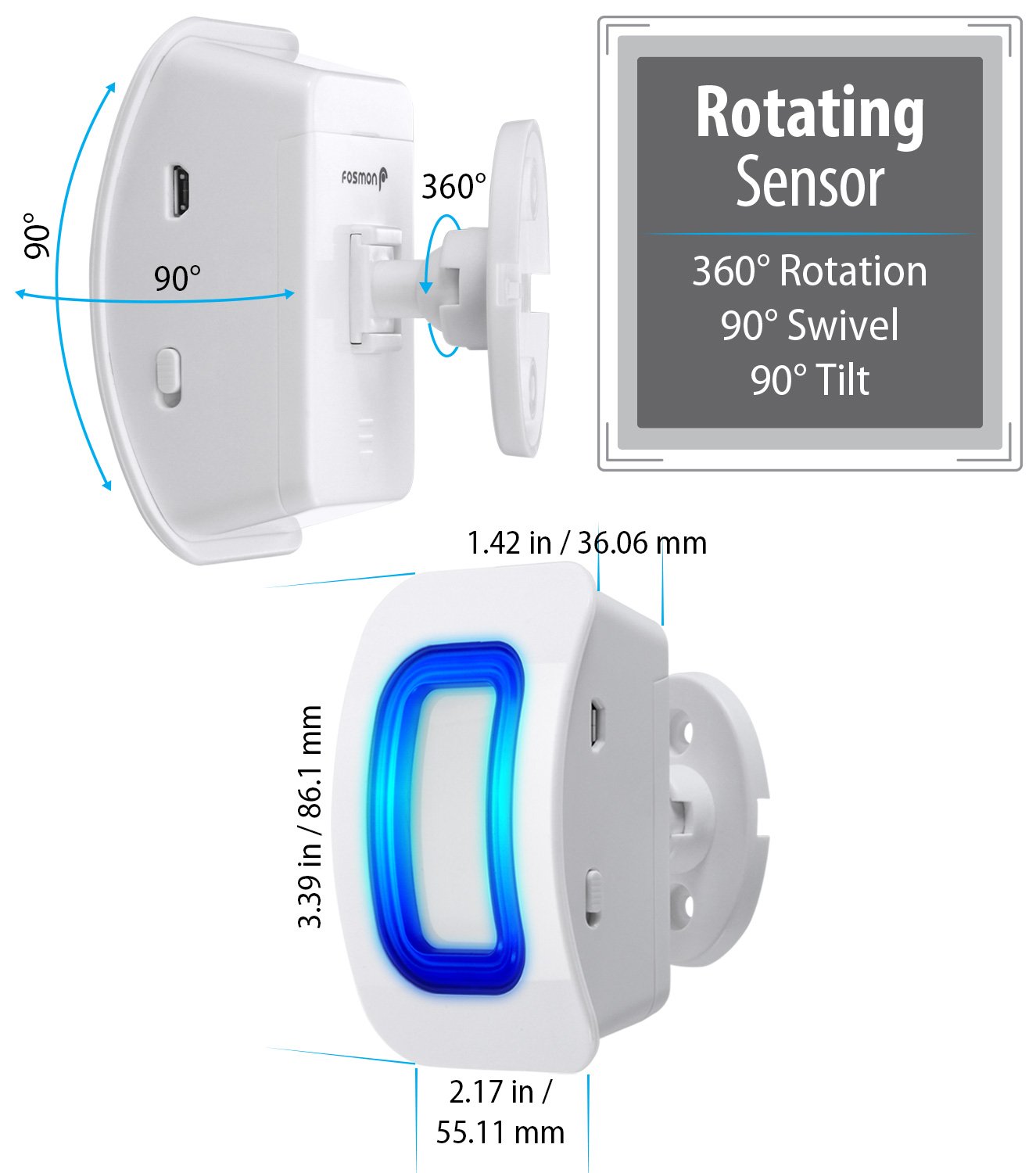
Customization and Expansion
Starting with a basic 1-receiver/2-sensor kit, you can expand the Fosmon WaveLink Door Chime Driveway Alarm Guard network easily:
- Additional Sensors: Add up to 14 more PIR detectors—ideal for large properties with multiple access points.
- Extra Receivers: Pair one sensor with multiple receivers in different rooms for multi-zone alerts (e.g., kitchen and home office).
- Alternate Sensors: Use door/window sensors (sold separately) on gates or entry doors for instant open/close notifications.
Each sensor’s channel selection ensures that alerts never overlap confusingly; you always know which zone triggered the chime. The straightforward pairing process means scaling up takes minutes, not hours.
Shop Fosmon WaveLink Door Chime Driveway Alarm Guard
Maintenance and Battery Life
Because sensors rely on AAA batteries, regular maintenance is simple:
- Battery Replacement: Expect 6–9 months per battery set under normal usage (10–20 triggers per day). Low-battery chime reminder warns you in advance.
- Sensor Cleaning: Wipe lens with a soft cloth annually to prevent dust buildup and false alarms.
- Receiver Care: Clean speaker grills and ensure receiver remains plugged in—no internal battery, so continuous power is required.
The absence of internet connectivity and lack of firmware updates means you never have to troubleshoot software upgrades. The result is “set it and forget it” operation that feels more like mechanical reliability than high-tech complexity.

Design Aesthetics and Durability
While functionality reigns supreme, the Fosmon WaveLink Door Chime Driveway Alarm Guard doesn’t sacrifice form:
- Compact Profile: Sensors measure just 90 × 60 × 45 mm, blending unobtrusively into door frames or posts.
- Weather Resistance: Rated IP44, sensors withstand rain, dust, and mild temperature variations—suitable for covered porches or semi-sheltered driveway posts.
- Modern Receiver: The chime unit’s sleek white housing fits any décor, with a minimal footprint on outlets.
The choice of ABS plastic and sealed enclosures ensures longevity and reliability. Placement recommendations—avoiding direct sunlight and heavy rain exposure—further extend sensor lifespan without elaborate protective housing.
Shop Fosmon WaveLink Door Chime Driveway Alarm Guard
Comparing Alternatives
Some competing driveway alarms require solarpanels, proprietary hubs, or Wi-Fi extenders—adding complexity and expense. In contrast, the Fosmon WaveLink Door Chime Driveway Alarm Guard offers:
- Truly Wireless PIR: No external power lines or solar panels—just batteries.
- Standalone Operation: Direct RF link; no app, router, or monthly fee.
- Modular Scalability: Mix motion and entry sensors within one RF ecosystem.
For homeowners seeking reliability, low total cost of ownership, and minimal ongoing effort, WaveLink’s simplicity and performance create a compelling value proposition.
Tips for Optimal Performance
- Site Survey: Walk through intended zones by night and day to identify best sensor placements—avoid direct sunlight or heat sources.
- Angle Adjustment: Tilt sensors slightly downward (5–10°) to focus PIR coverage on human height and reduce false triggers from wildlife.
- Channel Allocation: Reserve lower-numbered channels for high-traffic zones (e.g., driveway) and higher channels for less critical areas to prioritize alerts mentally.
- Volume Management: Use low volume in quiet residential settings; high volume for workshops or large estates.
- Receiver Placement: Keep receiver in central sight and away from large metal objects that can attenuate RF signals.
By fine-tuning these parameters, you’ll maximize detection accuracy and ensure chimes align with your daily routines.
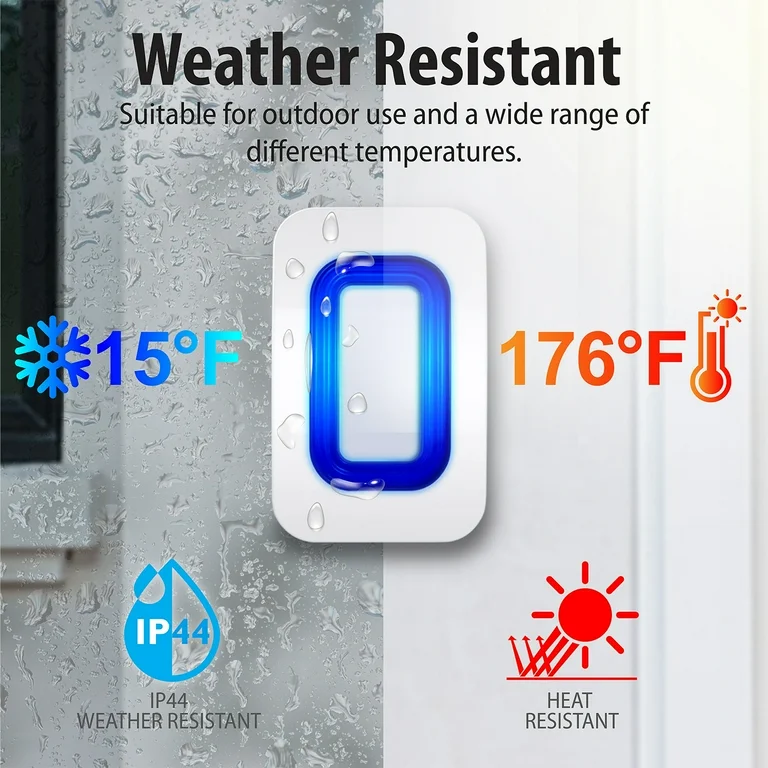
Final Thoughts: Practical Security You’ll Actually Use
The Fosmon WaveLink Door Chime Driveway Alarm Guard transforms the way you receive motion alerts—making every approach audible, every entry predictable, and every visit apparent. Its combination of wireless ease, multi-zone scalability, and customizable chimes gives homeowners, renters, and small-business operators a frictionless security solution. With no ongoing fees, no subscription services, and no complex network dependencies, it delivers peace of mind without complexity. Whether you start with two sensors or build out a 16-zone network, the WaveLink system scales with your needs—and your wallet.
For reliable, low-maintenance awareness at every entrance, driveway, and hallway, there’s no simpler way to know who’s coming than with the Fosmon WaveLink Door Chime Driveway Alarm Guard.
Shop Fosmon WaveLink Door Chime Driveway Alarm Guard
Frequently Asked Questions
- How many sensors can I pair to a single WaveLink receiver?
Up to 16 sensors—motion or entry types—each assigned its own chime channel. - What is the maximum communication range?
Line-of-sight range up to 500 feet (150 m); expect 100–150 ft indoors with typical walls. - Do I need Wi-Fi or a mobile app?
No. WaveLink uses direct RF communication; no internet or app required. - What batteries do the sensors use?
Two AAA batteries per motion sensor, offering 6–9 months of operation under normal use. - Can I use multiple receivers in different rooms?
Yes. Pair a sensor to multiple receivers so you hear alerts anywhere in the house. - Are the sensors weatherproof?
They have an IP44 rating—resistant to splashes and dust but best mounted under eaves or semi-sheltered posts. - How do I distinguish zones by chime?
Each sensor uses a unique channel (1–16) with a distinct melody selectable on the receiver. - Does the receiver need constant power?
Yes. The chime unit plugs into AC 110–240 V and must remain powered for alerts. - What maintenance is required?
Replace batteries every 6–9 months, clean sensor lenses annually, and keep the receiver plugged in.

